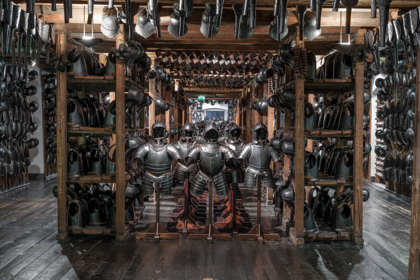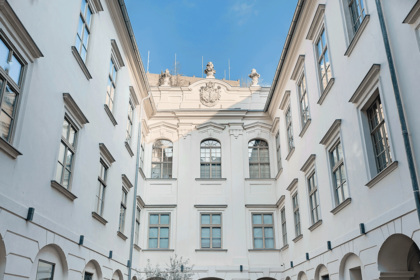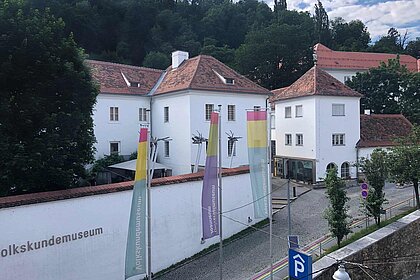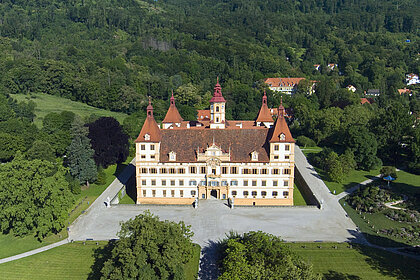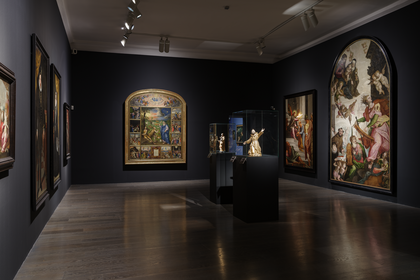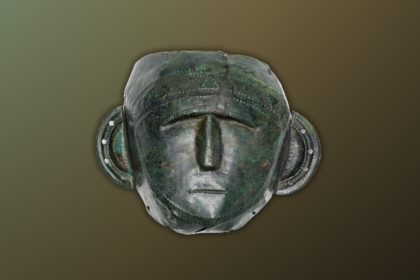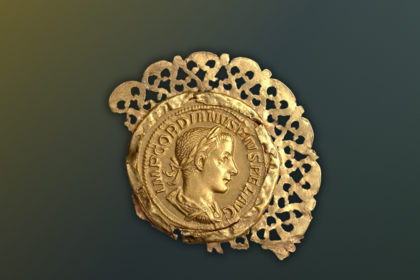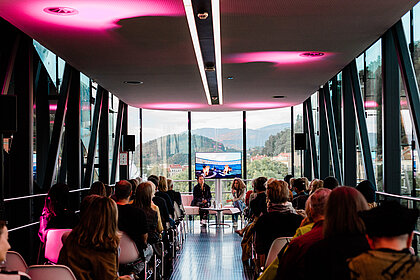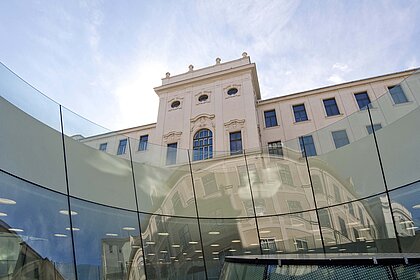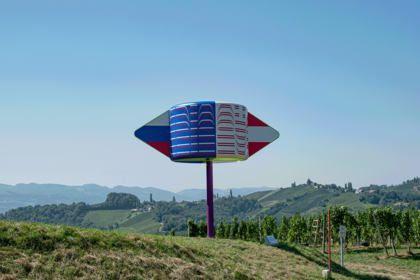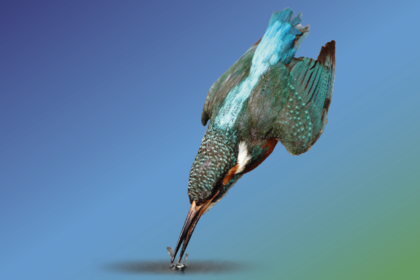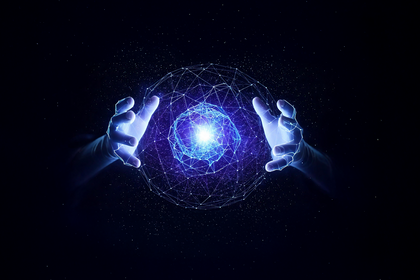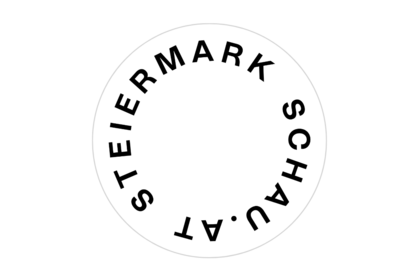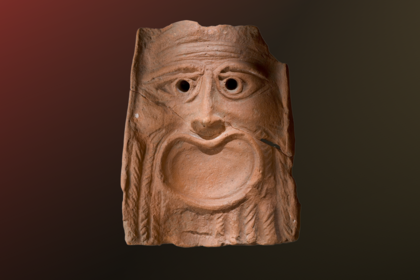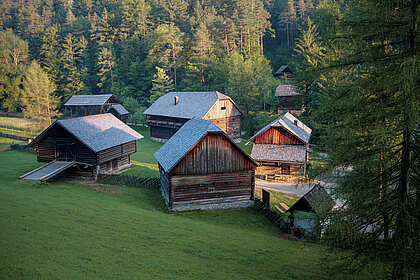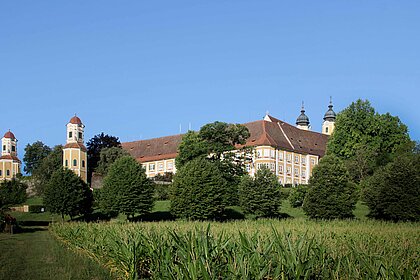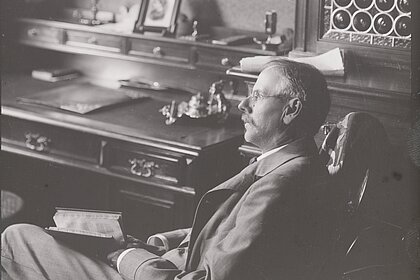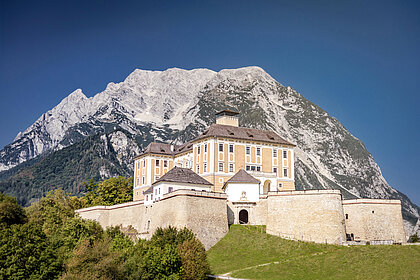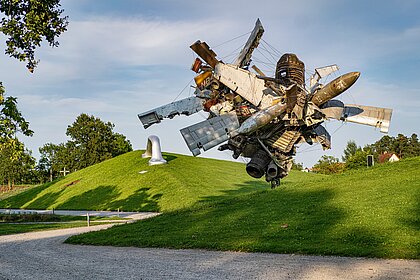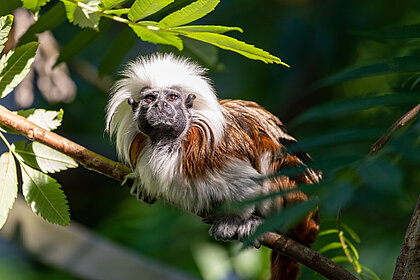Richard Kriesche explores systems of perception. With his perennial focus on the challenges of new technology and science, he is a key figure in contemporary art. His works, which often have a cultural political background, have always been at the forefront of media art.
In his Capital + Code exhibition, Richard Kriesche homes in on interconnections, focusing on the structure of phenomena. In the Aesthetics of Capital light installation (2008) especially created for the Kunsthaus Graz, he bathes everything in a technoid computer-blue light. The installation uses eight projectors and visualization software (which also sees use in the money markets) to project market-type fluctuations on the interior wall of the building. The constantly changing images are real-time responses to search questions on Google involving different combinations of the words art, work, capital and freedom. The images are an indication of an elusive global state.
The installation may seem clairvoyant, since it was conceived more than a year before the recent dramatic events on the world's financial markets. It thus gives a graphic picture of the interconnections and interdependence of complex relationships that determine not only today's financial world but indeed the entire image of the world.
For Kriesche, this totality with its portrayable realities is consequently a system that can be critically investigated. Analysing it is a hallmark of his oeuvre, as was evident even in his late-constructivist Numerische Systeme (Numerical Systems) of the 1960s. The exhibition is therefore a cross-section of his oeuvre, showing different perspectives that are always close to the events of the day, and focusing on the effects and circumstances of visual and socio-determinative systems. In Studio Sperimentale, shown at the 1970 Biennale in Venice, Kriesche traces the conditions and apparent unambiguities of dimensions. Life-Video-Sound-Polaroid Installation was an exhibition at the Neue Galerie in Graz in 1973, and focuses on the relationships between exhibition premises, the staging involved and the displacements between creating and viewing.
In Zwillinge (Twins) of 1977, Kriesche confronts social reality with philosophical considerations, and uses electronic media to reveal new real spaces. W.Y.S.I.W.Y.G. of 1989 transforms the history of art into "objective" visual information by means of digital geodetic analysis. In a similar way, The Informations Loaded Portrait of 1997 investigates the possibilities of pictures as information-carriers, and overlays forms of portraiture with the relevant details about the people. In the case of Art_Chip (2004) and the Genetisches Portrait (Genetic Portrait, 2001), this examination of the systematization of the human dimension is taken to visual and acoustic extremes. In a wholly different vein, Der ewige Horizont (The Eternal Horizon) of 2000 comes full circle in Kriesche's investigations of visual and social codings, giving us a highly poetic glimpse of the ecological rhythm of the world in a repetitive movement.
Thus the exhibition as a whole brings together the systems of science, social and political analysis, the economy and art together in an interaction that extends into the public and political arena and redefines architecture and the use of the media in doing so.
A catalogue accompanies the exhibition.
